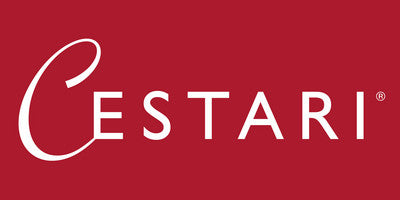Caring for Your Bee House
When natives bees nest in reeds and hollow logs, the cocoons overwinter outside. Therefore many people just leave their bee houses out in the spring. However, animals see the larvae as an attractive food source. So, it is a good idea to take the houses down and place them in an unheated garage or garden shed for the winter. Place them back outside before temperatures warm up in the spring. The bees will hatch when temperatures reach 50-55 degrees Fahrenheit.
After the bees hatch, you can leave the house in place, as the pheromones left by the previous year’s bees will attract new bees.
There is a downside to this, however, as sometimes bees bring in mites along with the pollen. These mites can set up house with the bees, with devastating consequences for the next year’s larvae. To avoid this, you can set out new houses before the larvae hatch, and then clean the old ones after the bees have emerged. The cleaned houses will be ready for the following year’s population.
To Clean the Bee House
- Make sure all the larvae have emerged. You don’t want to destroy a cocoon, so make sure there are no sealed mud plugs left.
- Use a small brush to clean out all dirt and debris from each tube.
- Soak the bee house, submerging the tubes in soapy water, then brush the inside of each tube again to make sure all foreign matter is removed.
- Rinse well.
- Soak the house in a 5% hydrogen peroxide solution for 5 minutes to kill any bacteria. There is no need to rinse, as hydrogen peroxide breaks down into oxygen and water.
- Allow the house to dry thoroughly, then store until next spring.
If you like, you can apply a nontoxic stain to freshen the bee house before putting it away.
Copyright 2021, Larson MacDowell Enterprises LLC
